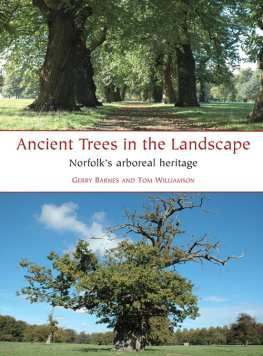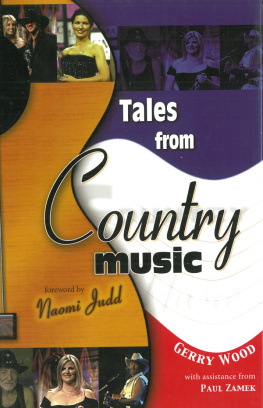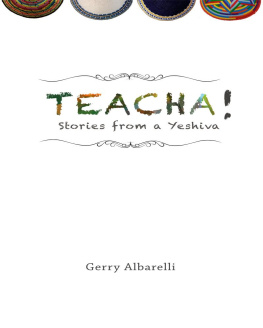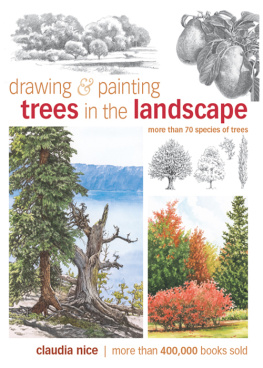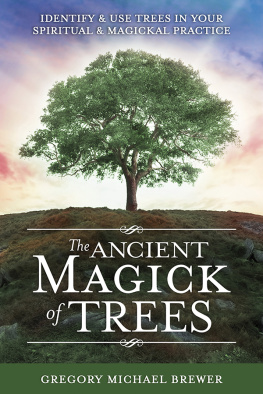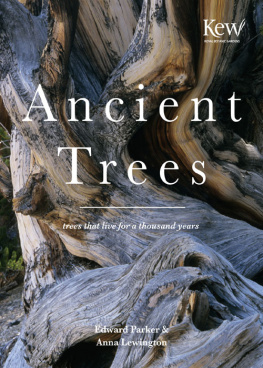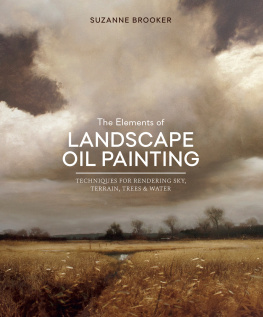Windgather Press
is an imprint of
Oxbow Books
Copyright Gerry Barnes and Tom Williamson 2011
All rights reserved. No part of this publication may be reproduced, stored in a retrieval system, or transmitted in any form or by any means (whether electronic, mechanical, photocopying or recording) or otherwise without the written permission of both the publisher and the copyright holder.
ISBN 978-1-905119-39-4
Digital Edition ISBN: 978-1-90511-959-2
A CIP record for this book is available from the British Library
This book is available direct from
Oxbow Books, Oxford, UK
(Phone: 01865-241249; Fax: 01865-794449)
and
The David Brown Book Company
PO Box 511, Oakville, CT 06779, USA
(Phone: 860-945-9329; Fax: 860-945-9468)
or from our website
www.oxbowbooks.com
Printed in Great Britain by
Information Press, Eynsham, Oxfordshire
Acknowledgements

We would like to thank the very large number of volunteers, parish tree wardens, friends and students who undertook the basic survey work upon which this study is based. Particular thanks must go to Brian Abbs, Gilbert Addison, Penny Andrews, John Arnott, Simon Aylmer, John Barber, Natalie Barnes, Clare Buxton, Carol Carpenter, Rod Chapman, Tony Codling, Nick Coleman, Chris Cook, Tom Cook, Henry Cordeaux, Chris Cowell, Peter Croot, Patsy Dallas, Richard Daplyn, J. T. Debbage, John Ebbage, the Rev. and Mrs B. Faulkener, John Fleetwood, Margaret Freeman, Mary Ghullan, D. F. Godwin, Bill Green, Jon Gregory, Ruth Hadman, Carol Haines, Ruth Hall, Sarah Harrison, Rory Hart, Peter Lambley, M. Lathan, Phil Lazaretti, Barry Leeson, Keith Lovett, Richard MacMullen, Dr A. J. Martin, Jamie Matthews, Colin McDonald, Jo Parmenter, Chris Roberts, Chris Shelton, Annie Sommazzi, Alan Spinks, Sarah Spooner, John Stockdale, Mike Tinsley, Henry Walker, Lucy Whittle, Nicola Whyte, Eric Wilkinson, Anne Wood and Andrew Woodhead. We would also like to thank the Heritage Lottery Fund for providing generous support for the survey.
Thanks are also due to innumerable landowners who allowed access to their properties; to the Norfolk Wildlife Trust; and to the staff of the Norfolk Record Office. Friends and colleagues at the University of East Anglia and in Norfolk County Council, and in Norfolk more generally, have also provided much advice, information or inspiration, especially Gary Battell, Nick Coleman, David Cubitt, Clare Dobbing, Jon Gregory, Sarah Harrison, Robert Liddiard, Annie Sommazzi, Sarah Spooner, Sue Thornett, John White, Jessica Williamson and Matt Williamson. Above all, we would like to thank Patsy Dallas, for all her research into orchards, wood pastures and much else, and for invaluable advice and ideas.
The photographs are by the authors, except 1, 5, 12, 15, 19 and 31, which are by Patsy Dallas and 55 and 56, which are by Graeme Cresswell. by permission of Norfolk Record Office. The maps and diagrams are by Jon Gregory, except for 39, which is by Andrew MacNair; and 40, 41, 66 and 68, which are by the authors.
References to or descriptions of any farm, park, wood or other property in this book does not imply it is open to the public. Most of the places discussed are private property.
CHAPTER ONE
Ancient Trees in the Landscape
Introduction
This book is about the trees which grow in one particular English county, Norfolk. It is largely although not exclusively about the larger, older specimens, and about those which have been managed in the past in traditional ways. Yet although it deals in detail with only one, relatively restricted, area of the country, we believe that the work presented here has a wider relevance. While each region of Britain has its own, distinctive, arboricultural history the approaches and methodology adopted in this book can be applied elsewhere, and some of our general conclusions may well hold true for other areas, especially in the south and east of England. This is not, therefore, simply a book about old trees in Norfolk. It is about some of the ways in which we can study old trees.
Many people have written about the history of trees in the British landscape: historical ecologists such as the eminent Oliver Rackham; historical geographers such as Charles Watkins and Stephen Daniels; and landscape historians, especially Richard Muir (Rackham 1976 and 1986a; Petit and Watkins 2003; Muir 2005; Daniels 1988). The Tree Council has done much to draw the publics attention to the importance of our heritage trees, in part through the work of the Ancient Tree Forum (Fay 2002). It has sponsored a national volunteer survey (the Ancient Tree Hunt) (Thomas 2007) and published numerous articles on the subject in Tree News, as well as supporting the publication of Stokes and Rodgers informative and lavishly produced The Heritage Trees of Britain and Northern Ireland (Stokes and Rodgers 2004).
This book differs from most of those earlier studies in a number of respects. In particular, we are concerned above all with the landscape context of trees: with the questions of how, and why, particular kinds of old tree are found in particular places, what this has contributed to the character of the landscape, and what it can tell us about the ways in which trees were managed and regarded in the past what trees meant to people in earlier periods. It is thus based on the results of a number of detailed systematic surveys and research projects which have been carried out over the years at the University of East Anglia, studies which precisely because they have focused on one limited (if geographically diverse) region allow us to tease out some of the complex links between the trees we see today and wider aspects of human and natural history. These links are perhaps less obvious when the subject is considered on a wider spatial canvas, or when trees are studied in isolation from the surrounding landscape. John White, in the title of one of his important articles on veteran trees, posed the question: What is a veteran tree and where are they all? (White 1997). The research presented here attempted to answer a related but slightly different question: Where are all the veteran trees and what are they doing there?








